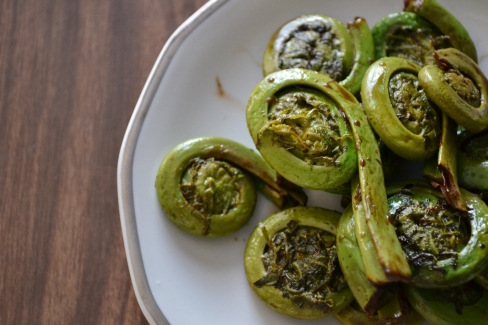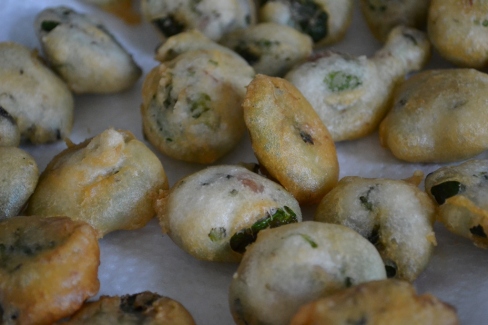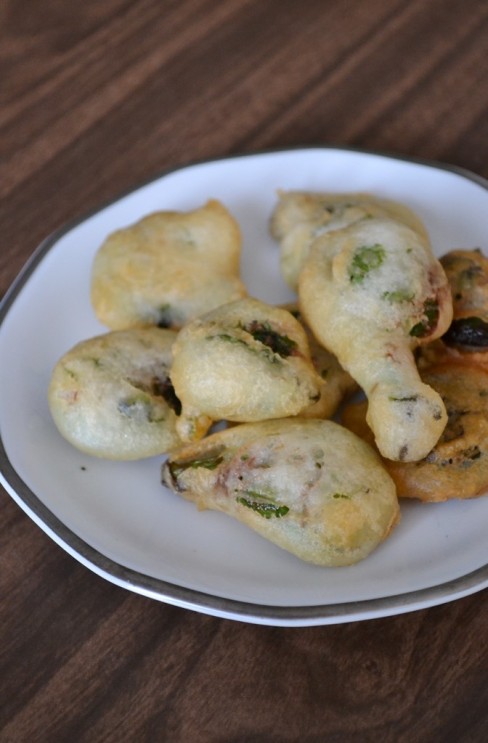Baking in Saskatoon is back and it’s back with a bang. I will participate in the
The Canadian Food Experience Project
which was started by Valerie from A Canadian Foodie. Each month participating bloggers will write about a specific topic and post their thoughts and recipes on the 7th of each month. On the 15th of each month Valerie will post a recap of all posts for people to have easy access. I encourage you to chime in and post your thoughts as well. Either here, or on A Canadian Foodie or on the The Canadian Food Experience Project Facebook page as well as on Twitter with #CanadianFood.
We start out our Canadian Food Adventure with the First Authentic Canadian Food Memory. I knew the line up for the next year and already thought a lot about this post. But I had some issues because I was wondering “What is Canadian Food?” I have no answer as of right now to be honest with you. As a German I can tell you pretty much what German food is but Canadian food still eludes me. I asked on my Facebook page and here are some answers:
– maple syrup
– poutine
– butter tarts
– Nanaimo bars- beavertails
When thinking back on my first visit I can’t recall that I had anything specific Canada. Frankly, it seems all very North American to me. Although I admit that maple syrup counts as very Canadian and is probably the first thing people from around the globe will name when asked about Canadian food.
Poutine is another one. My husband is a avid lover of poutine, even better if it’s sweet potato poutine. I has issues with it and only eat a little bit because I like my fries with ketchup and not soaked in gravy, I am not a big lover of North American gravy in general and I don’t like cheese (mostly).
So, then what to say about my Authentic Canadian Food? I guess I can’t even say it’s a memory because I didn’t grow up with it. But the other day at the Farmers Market I came across something that I count as just that: fiddleheads. This discovery just happened recently but I would say that it is, for me, authentic Canadians.
I knew about edible flowers and other plants such as dandelions (leaves for salad, flowers for honey) but edible fern was new to me. Someone at the farmers market suggested it and so I went ahead and bought them. This is different and unique and though some suggested local, I know that other Canadian bloggers have had them too.
A quick read on Wikipedia told me that you can find fiddleheads in northern North American, Asia and France. Who would have known? It seems to be something similar to our German asparagus, which also has a short season and is eaten with a hollandaise sauce.
Here is how I went about the fiddleheads:
I washed them in cold water to remove the brown husks and cleaned them as best as possible without unrolling them. Then I just tossed them into the frying pan with some oil and fried them. I added some balsamic vinegar at the end as it was suggested by a reader on Facebook. It did give the vegetable an interesting taste. However, it was fairly bitter. I also tempura fried some of the fiddleheads, which made them taste much better.
In hindsight, I should have read more about them before making them. According to both Wikipedia and Health Canada I should have boiled them, twice, before frying. The boiling removes the bitter taste of fiddleheads. Boiling is highly recommended because it could lead otherwise to some food borne illnesses. Luckily, we did not notice anything, so I assume I fried them long enough.
The lesson we learn here is that one should read about unknown vegetables before preparing them. Although, in my defense, I asked the farmer about them and he did not tell me that I have to boil them, even though I mentioned that I never had them before. Maybe a little note would be helpful?!
Next year I will be on the look out again and use them correctly because even though I made a mistake this time, I find them interesting and worthy of a second try.
Time to chime in: What is our first Authentic Canadian Food Experience? Something you grew up with or maybe something you encountered the first time you visited/moved to Canada. Let me know in the comments, on Facebook or Twitter.
The Canadian Food Experience Project began June 7 2013. As we (participants) share our collective stories across the vastness of our Canadian landscape through our regional food experiences, we hope to bring global clarity to our Canadian culinary identity through the cadence of our concerted Canadian voice. Please join us.





Hi, Andrea – Please send me the photo and link to your post. 🙂 V
Just did so now. Sorry for the delay.
Mom used to bring home fiddleheads, but as children we wouldn’t eat them thinking them looking more like cocooned caterpillars than edible greens. We were very picky eaters.
You are right, they do look a little strange and also have a unusual mouth feeling. Not sure if I would eat them as a kid.
Oooh, I grew up with fiddleheads – they’re a seasonal delicacy in the Maritimes. Usually my mom boiled them (just once, in lots of water), then served them after tossing with a pat of butter. I’ve tried steaming them instead, and they turned out well.
Yeah, the boiling part…well, you learn and next time I know better. But tempura fried is pretty awesome too.
I have never had Fiddleheads but have heard of them by many people. Love the idea of tempura frying them.
I will have to keep my eye out for them next season. They seem very interesting.
First time I heard of them was at the market. So I decided to get them because my husband knew them too. I will try to experiment more next season.
Dear Andrea.
To me, they are actually better after they are frozen. Who says that? But they are very toothsome and I love them added to a winter salad thawed, from the freezer. They are then tender and flavourful. They are definitely an Eastern Canadian foraged food that has become a bit more mainstream the last couple of years. I always worry when buying foraged food at the market if they are purchasing it from sustainable foragers. Some do, some don’t. But, there are actually some fiddlehead farms, now, too. I definitely did not grow up with these, but am happy to have met them and claim them now!
🙂
Now, you say that you have no idea of Canadian food, yet you seem to understand what North American food is… and there are only 2 North American countries. That is an enlightening comment, and one I have heard too often… but does that mean that our North American heritage foods belong to the US? Or does it mean their belong to us? What do you think?
We all share the same history… the 17 colonies were settled and then 2 countries were formed… this is a dilemma, isn’t it? I hope that through this project and investigation that you will come to know and understand some quintessential cornerstones of our Canadian Cuisine. We are definitely a multicultural mosaic which middies the waters and adds clarity and a sense of place to our food at the very same time.
🙂
Valerie
See, I am wondering: Is North American food Canadian? Is US and Canadian food similar or even the same? Or can we really draw a line right at the border?
It feels like that the US and Canada share a lot. Much more so than in Europe. I know that there are German dishes that are widely spread between Germany, Austria and Switzerland. Yet, it feels they usually have a distinctive difference in each country.
I am glad you put this on because it helps us to identify what’s Canadian or maybe find out what is more international or more North American.
Btw, potato salad is in my book one of the most German things out there and I would hardly say it’s Canadian.
I guess we should remember that time differences and backgrounds also play a big role.
We ate lots of fiddleheads growing up and can pick them down by the stream near my house. Mom would usually steam the and serve them with a squeeze of lemon and sometimes she’d make a fiddlehead quiche. My neighbour even wrote a fiddlehead cookbook and included a recipe for fiddlehead ice cream. (Never tried it.)
I would be interested in that ice cream recipe.
Pingback: The Canadian Food Project: Round Up One
I now love fiddleheads but they were not a part of my upbringing. Love your tempura take on them. Great idea.
Thanks Sarah. I had the tempura around for tempura shrimp and thought I should use some on the fiddle heads to see how it goes.